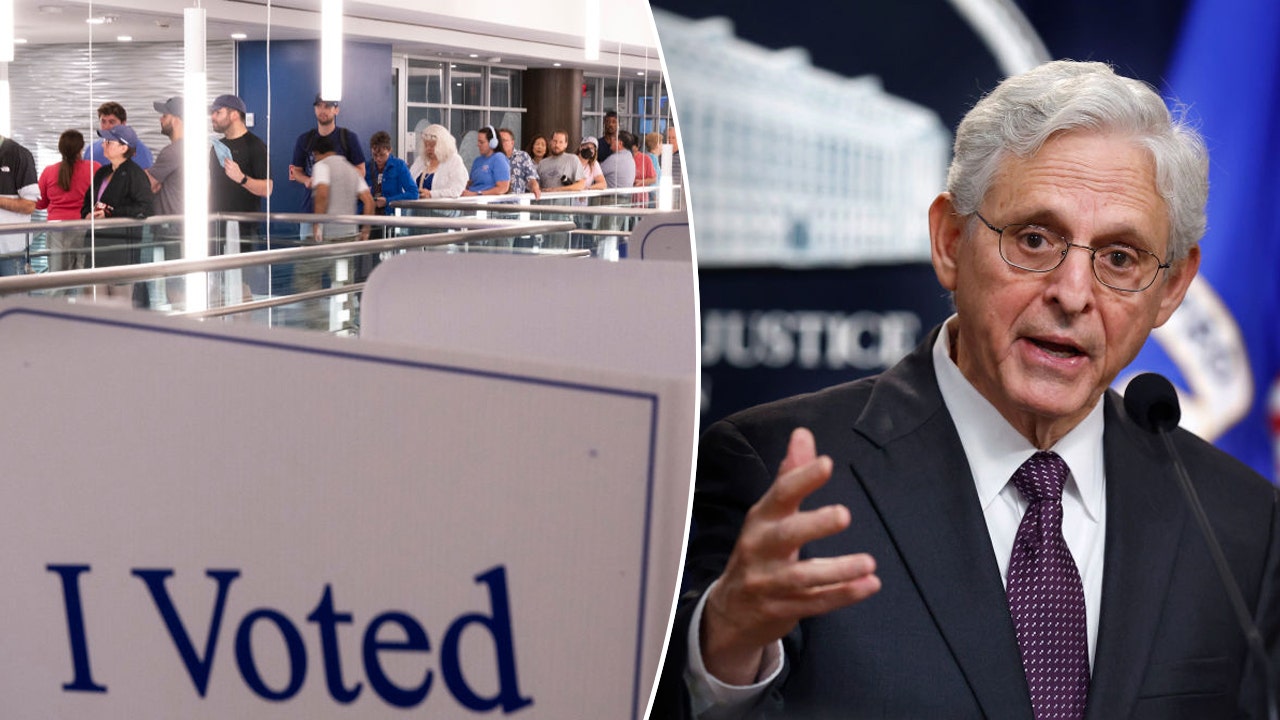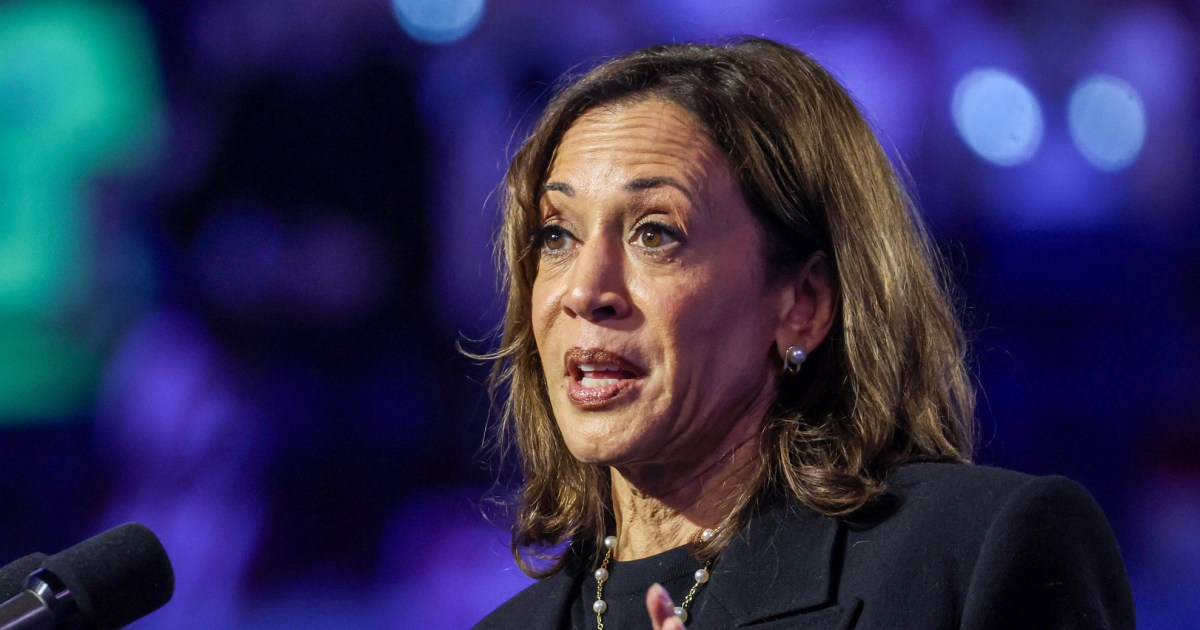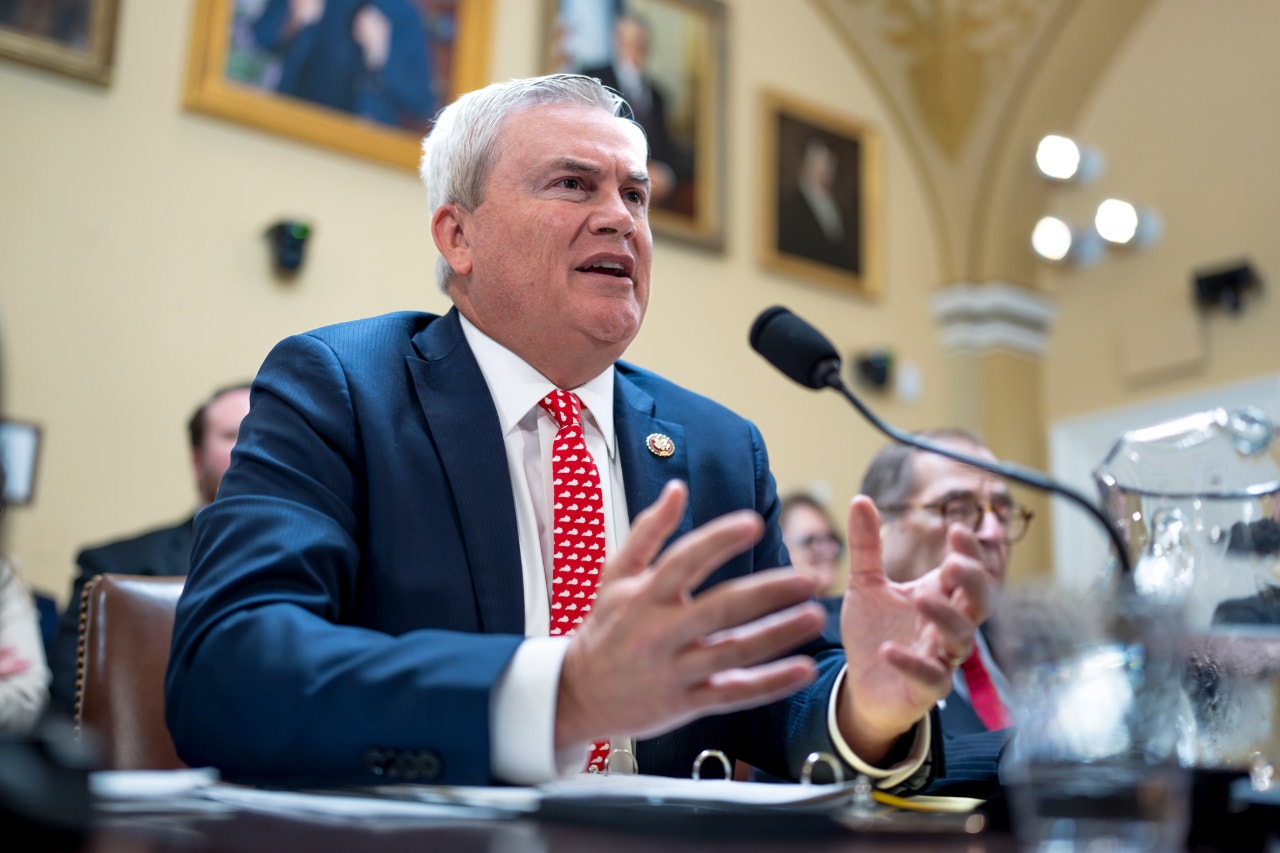South Dakota
U.S. Senate GOP tries to block states from spending some of their COVID relief cash • South Dakota Searchlight

WASHINGTON — The U.S. Senate on Wednesday rejected efforts to roll back guidance from the Treasury Department regarding how state and local governments can spend funding approved by Congress during the COVID-19 pandemic.
The 46-49 vote on the Congressional Review Act resolution ended an attempt by several GOP senators to block the Biden administration from changing the definition of “obligation” as it relates to State and Local Fiscal Recovery Funds and the timeline for spending some of that money.
Missouri Republican Sen. Eric Schmitt said during floor debate that the Treasury Department’s change in guidance, which was released in November, was trying to “pull a fast one” on Congress.
“Treasury’s attempted sleight of hand to keep the COVID spending spigot on is an insult to Congress and those who believe in our Constitution, as well as a complete misuse of taxpayer dollars,” Schmitt said.
The fund for state and local governments, Schmitt said, was intended to assist with “revenue shortfalls tied to the COVID-19 pandemic” and the law clearly stated that “all costs incurred with money from this fund must be incurred by Dec. 31, 2024.”
The interim final rule that the Treasury Department released around Thanksgiving extended that deadline by two years for “administrative and legal costs, such as compliance costs and internal control requirements,” he said.
“This rule ensures that funding does not go to bridges or broadband, but to bureaucrats,” Schmitt said.
Projects affected in multiple states
Oregon Democratic Sen. Ron Wyden spoke against the CRA resolution during floor debate, saying it could have impacted 17 projects in Georgia, 160 in Michigan, 342 in Ohio, 50 in Arizona, 404 in Montana and 73 in West Virginia.
“Nationwide there could be thousands of projects closed. Tens or even hundreds of jobs lost,” Wyden said. “This one is one of the most unusual votes that I’ve seen recently, a true head scratcher.”
Wyden said he didn’t “see a good reason for the United States Senate to backtrack on solid, bipartisan progress and have this chamber act in a way that leaves more of our nation’s infrastructure in a state of disrepair.”
Schmitt said during a press conference before the vote that the claim the CRA resolution would have impacted projects already underway was a lie.
“Essentially the obligations that are committed before the end of 2024, according to existing law, will be honored,” Schmitt said. “What this says is that you can’t extend that out into ’25 and ’26. That was never the congressional intent here.”
Kansas Republican Sen. Roger Marshall, also speaking at the GOP press conference, said the CRA resolution would claw back about $13 billion and went as far as calling it “illegal spending.”
“The clock is going to run out, but Joe Biden is trying to circumvent the law once again,” Marshall said, adding that the COVID-19 pandemic is over and spending from those laws needs to wind down.
Counties, cities opposed
Schmitt introduced the two-page CRA resolution in February along with Marsha Blackburn of Tennessee, Mike Braun of Indiana, Tom Cotton of Arkansas, Joni Ernst of Iowa, Bill Hagerty of Tennessee, Ron Johnson of Wisconsin, Cynthia Lummis of Wyoming, Marshall and Rick Scott of Florida.
The National Association of Counties, the National League of Cities and the Government Finance Officers Association urged lawmakers to vote against the CRA in a written statement released Wednesday before the vote.
“The $350 billion SLFRF provided $65.1 billion to every city and county in America, and since 2021, localities have used these crucial resources to meet the unique needs of residents and support long-term economic prosperity,” the statement read.
The three organizations wrote that the Treasury Department’s interim final rule “recognized the importance of flexibility in facilitating the effective rollout of recovery funds, including our ability to use funds for certain personnel costs and to re-obligate funds where necessary.”
The White House released a Statement of Administration Policy on Wednesday, saying that President Joe Biden would veto the CRA had it reached his desk.
The CRA resolution, it said, “could result in projects being canceled midstream, reduced project management and oversight, and higher costs as state and local governments are forced to contract out programs.”
“Nearly all SLFRF funds have been committed to projects, including infrastructure and disaster relief projects made eligible by bipartisan legislation,” the SAP read. “S.J. Res. 57 would create unnecessary uncertainty for recipients that are executing on projects, jeopardize important work underway, and inappropriately constrain Treasury’s ability to address ongoing implementation issues.”
GET THE MORNING HEADLINES DELIVERED TO YOUR INBOX

South Dakota
Healthcare providers in the state face IV fluid shortage caused by Hurricane Helene

SIOUX FALLS, S.D. — As Hurricane Helene devastated parts of North Carolina and other surrounding states, the impact is having affects across the country.
Baxter International, a global medical device company that provides products and services for patients and healthcare professionals, was significantly affected by the hurricane at their Marion, North Carolina, manufacturing facility.
Having been closed since Sept. 29 after the hurricane hit, the facility was responsible for producing approximately 1.5 million bags of IV solution per day, supplying about 60% of the IV solutions used in the United States, according to the United States Department of Justice.
Contributed
Gov. Kristi Noem and four fellow Republican governors in urged President Joe Biden on Oct. 17 to immediately address the shortage of IV fluid.
“Hospital and health systems across our states are employing conservation strategies and exploring alternatives to protect sound clinical care in our states. But conservation strategies have limited effectiveness and are not sustainable strategies without increased production and reliable access,” wrote Gov. Noem and her colleagues.
The letter requested specific actions be taken including collaboration with the Food and Drug Administration to identify international manufacturers capable of producing sterile IV solutions and their containers; removal of any barriers preventing the importation of sterile IV and peritoneal dialysis solutions from abroad and that the Federal Trade Commission and the Department of Justice should be on alert for any instances of price gouging related to this shortage.
Since the closure of the plant, the South Dakota Department of Health said they have been actively working with South Dakota healthcare systems and other providers across the state to address the IV fluid shortage caused by the closure of the Baxter International facility.
According to the Department of Health, South Dakota healthcare facilities are implementing strategies to conserve IV fluids and prevent shortages. These strategies include using different delivery methods for medications as appropriate, focusing on good oral hydration and limiting waste.
David Basel, doctor of pediatrics and internal medicine at Avera McKennan Hospital & University Health Center in Sioux Falls, said that while they have conservation strategies in place, they have been successful in not having much of an affect on patient care.

Contributed / Avera
“They may get a few more requests to orally hydrate before or if they come in with vomiting and diarrhea, they may see that we work a little bit harder to get them to drink in the emergency room, rather than just popping them on the fluids,” Basel said.
Although Basel said their efforts to lower their use has caused an increase in workflow, it’s still business as usual from a patient perspective.
“We’ve been really very effective in dropping down our utilization,” Basel said. “Right now we’re in a reasonable place where we’re kind of matching and not having to cancel procedures or anything like that.”
In a statement, Sanford Health said they are not seeing any significant changes due to the shortage when providing care for their patients.
“Sanford Health is not currently experiencing any significant shortage of IV fluids in our hospitals and clinics. We continue to monitor supply and have initiated conservation efforts to support those that are experiencing shortages. At this point we are not postponing any surgeries, including elective surgeries, due to shortages in IV fluids.”
According to an Oct. 24 update in a press release, barring any unanticipated developments, Baxter anticipates restarting IV solution manufacturing within the next week.
South Dakota
Kraft ‘can’t say enough good things about the place I came from’ on NFL Network

Tucker Kraft gave his hometown of Timber Lake, South Dakota, a shoutout on national television Friday.The Timber Lake High School graduate and Green Bay Packer tight end made an appearance on NFL Network’s Good Morning Football. The second-year tight end fielded a number of questions during the 11-minute interview, including growing up in tiny Timber Lake (population: 500).“The population is 500…
South Dakota
Western South Dakota Community Action saves money, lives with home weatherization
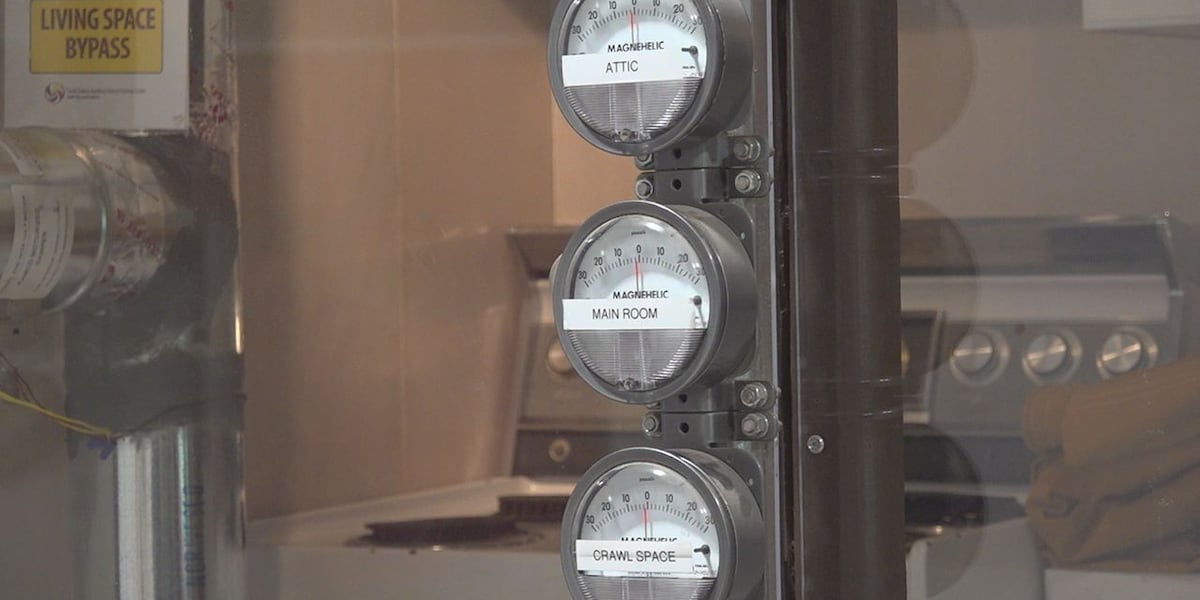
RAPID CITY, S.D. (KOTA) – Western South Dakota Community Action welcomed the community to view demonstrations of their weatherization processes to celebrate the 48 anniversary of weatherization programs with the Department of Energy on Wednesday.
Demonstrations included how carbon monoxide moves through a house, insulation blowing and how to prevent catastrophic events like fire in homes.
WSDCA has many programs for those working their way out of poverty, the weatherization of homes is just one. Auditors will check doors, windows, insulation, HVAC systems and more. After the audit is done, auditors put all the information from the audit into a computer software system created by the Department of Energy to find the most cost-effective way to improve the home if necessary. They will finish with installing the material and final inspection.
The weatherization is not just to save money, but also to keep people healthy.
“Low-income people survive by making things happen, and sometimes that’s not up to code. In other words, they make themselves in dangerous situations. As part of the final inspection is making sure everything is operating the way it’s supposed to be as far as HVAC goes and making sure no carbon monoxide is going to happen in that home,” William Thompson, an energy auditor with Western South Dakota Community Action, said.
Thompson added saving energy is huge for people with low income, so the organization tries to save the homeowner at least 15 percent their first year after weatherization.
WSDCA’s operations manager, Laura Fletcher, said weatherization of homes doesn’t just benefit the current occupant but also the community.
“Rapid City has increasing aging housing stock and the more we can keep these older homes livable, the longer that those homes are available to live in,” Fletcher said.
Thompson said he knew of many people who had their lives saved by the weatherization work WSDCA provides.
“It‘s one of the most gratifying things you can do, especially when you find life safety issues, and you actually save peoples’ lives. Personally, I know of at least five to 10 people that we’ve actually saved their lives. They medically had carbon monoxide poisoning and by our process we ended up making their homes safe after that. It’s a very gratifying job,” Thompson said.
Fletcher is hoping to put on another day of demonstrations for the 60 anniversary of Western South Dakota Community Action.
For more information about Western South Dakota Community Action and their programs like weatherization, visit WSDCA’s website.
See a spelling or grammatical error in our story? Please click here to report it.
Do you have a photo or video of a breaking news story? Send it to us here with a brief description.
Copyright 2024 KOTA. All rights reserved.
-

 Movie Reviews1 week ago
Movie Reviews1 week agoAlien Country (2024) – Movie Review
-
/cdn.vox-cdn.com/uploads/chorus_asset/file/25431700/STK201_SAM_ALTMAN_CVIRGINIA_A.jpg)
/cdn.vox-cdn.com/uploads/chorus_asset/file/25431700/STK201_SAM_ALTMAN_CVIRGINIA_A.jpg) Technology7 days ago
Technology7 days agoOpenAI plans to release its next big AI model by December
-

 Health6 days ago
Health6 days agoNew cervical cancer treatment approach could reduce risk of death by 40%, trial results show
-

 Culture7 days ago
Culture7 days agoTop 45 MLB free agents for 2024-25 with contract predictions, team fits: Will Soto get $600M+?
-

 Sports5 days ago
Sports5 days agoFreddie Freeman's walk-off grand slam gives Dodgers Game 1 World Series win vs. Yankees
-
News5 days ago
Sikh separatist, targeted once for assassination, says India still trying to kill him
-

 Culture5 days ago
Culture5 days agoFreddie Freeman wallops his way into World Series history with walk-off slam that’ll float forever
-

 Technology4 days ago
Technology4 days agoWhen a Facebook friend request turns into a hacker’s trap



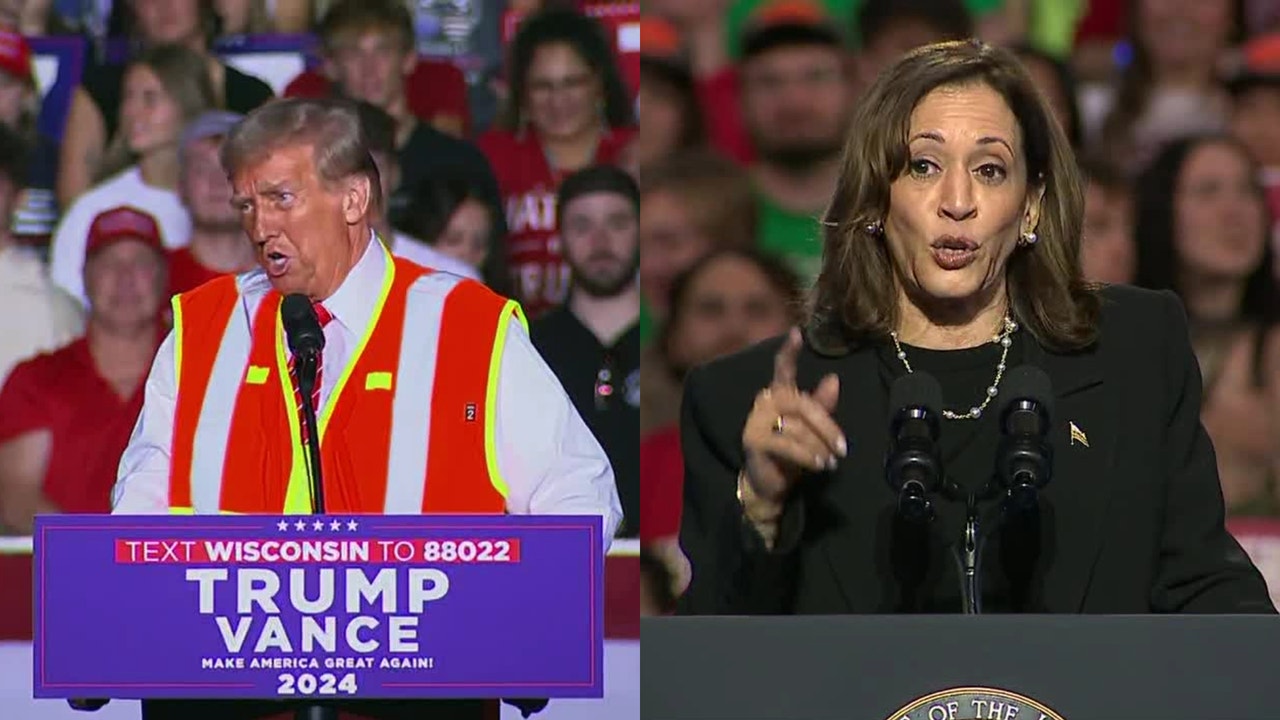



/cdn.vox-cdn.com/uploads/chorus_asset/file/25697380/STK071_APPLE_A.jpg)

